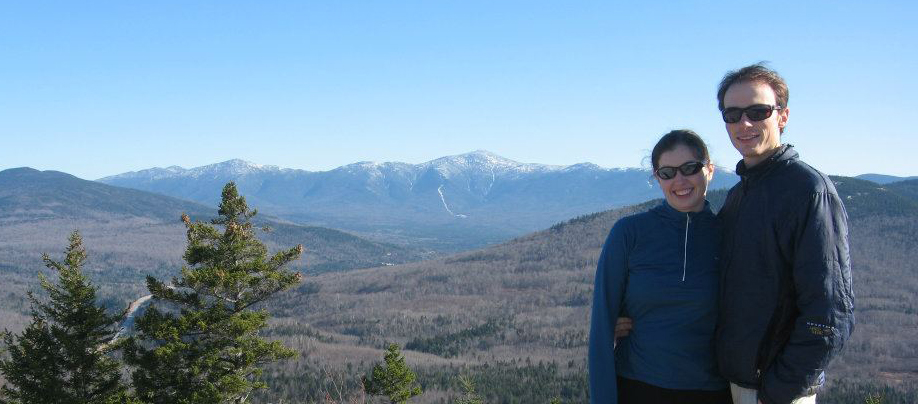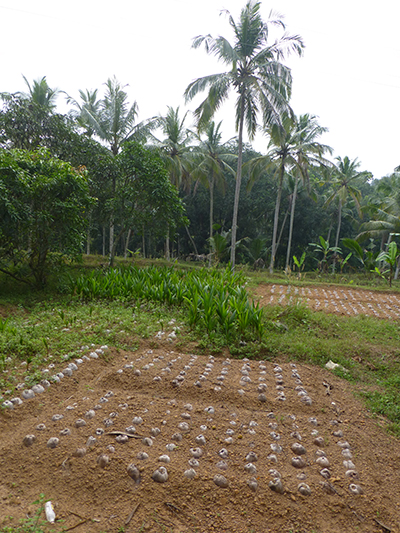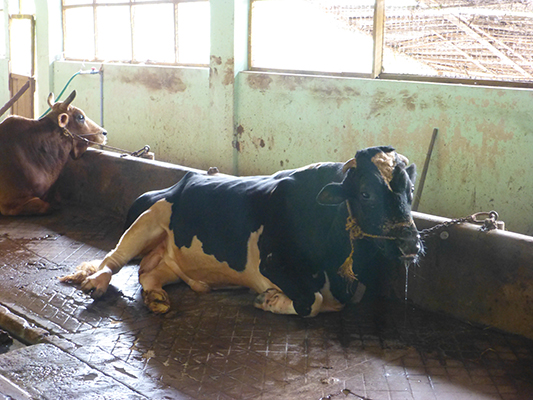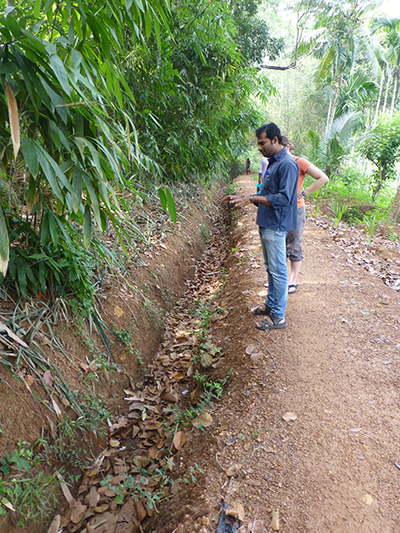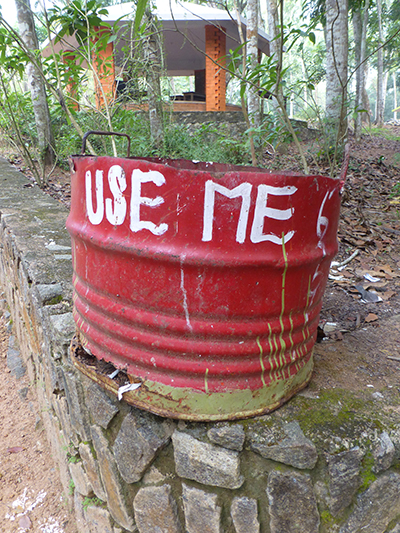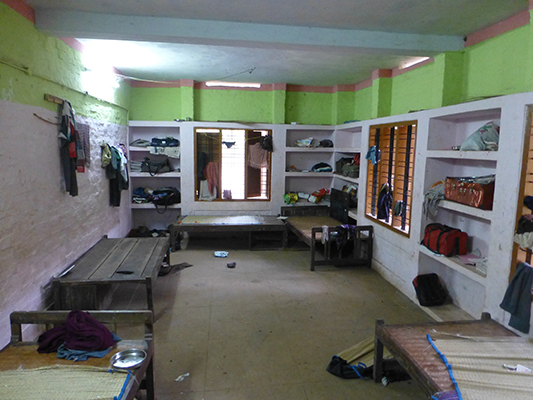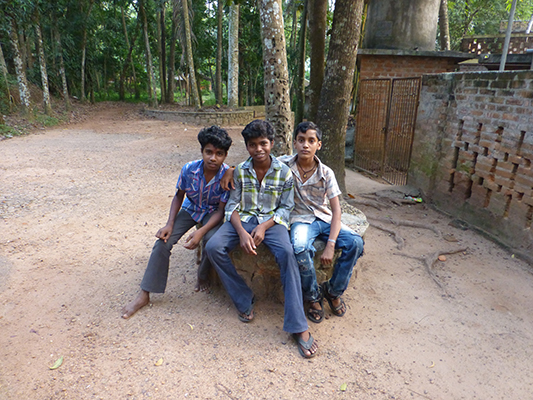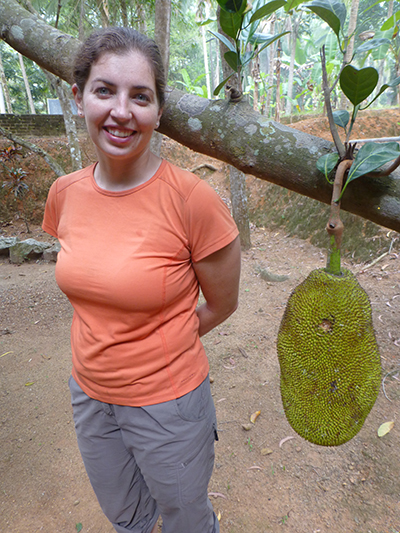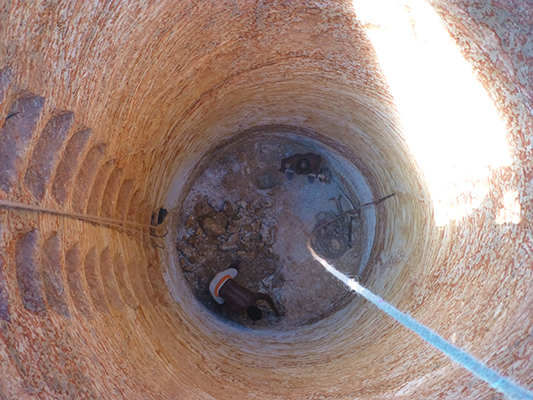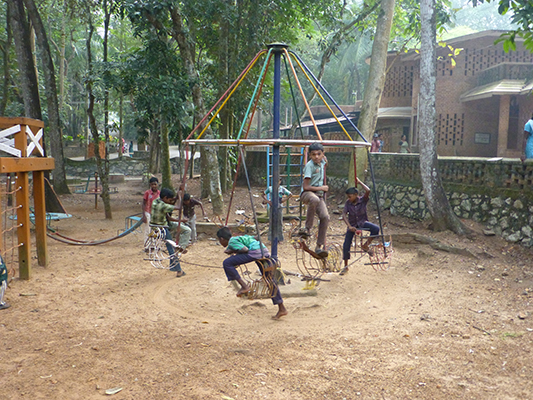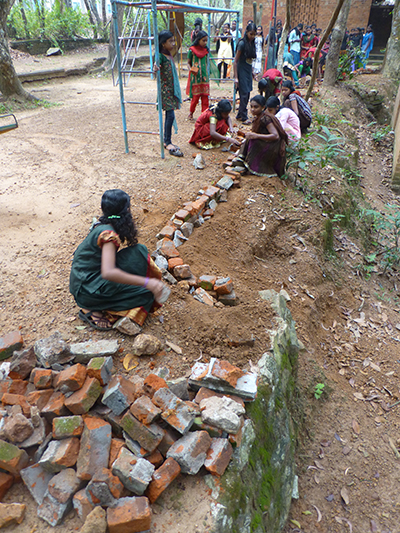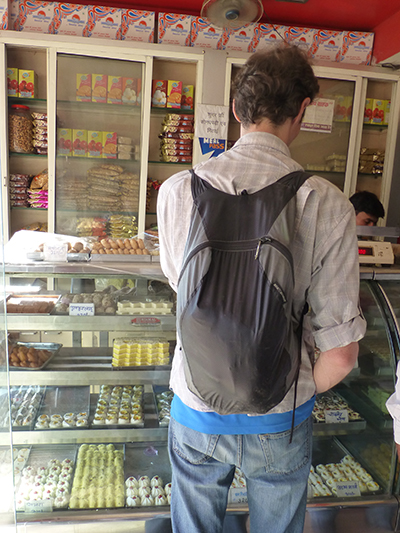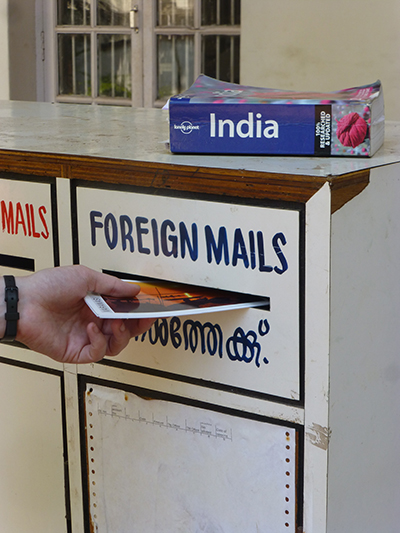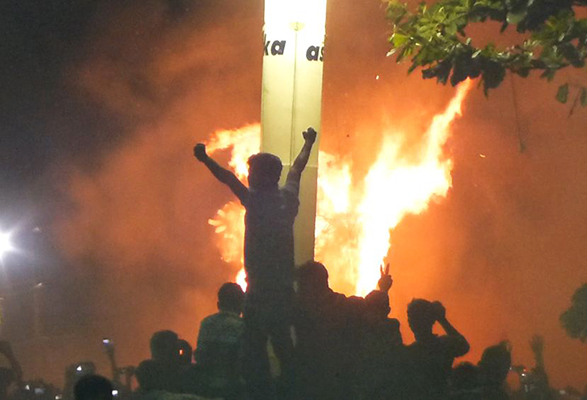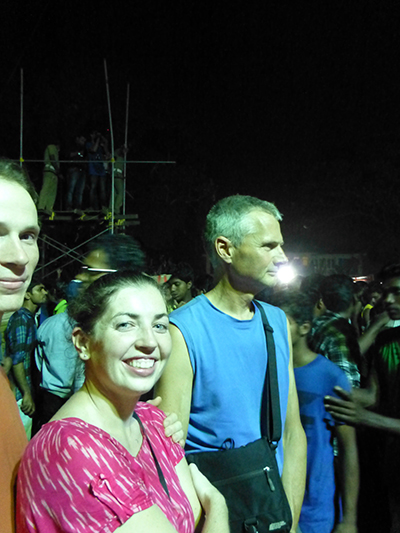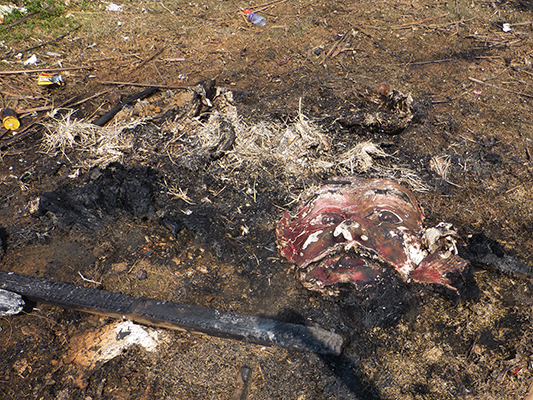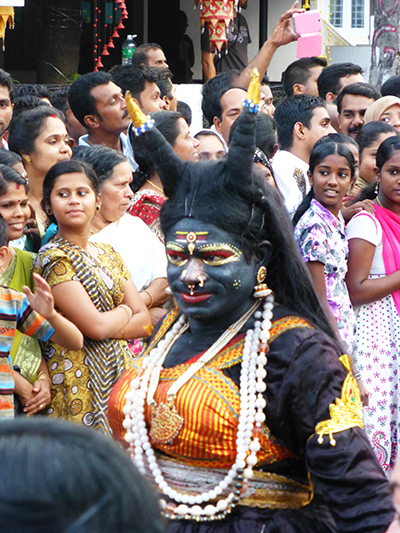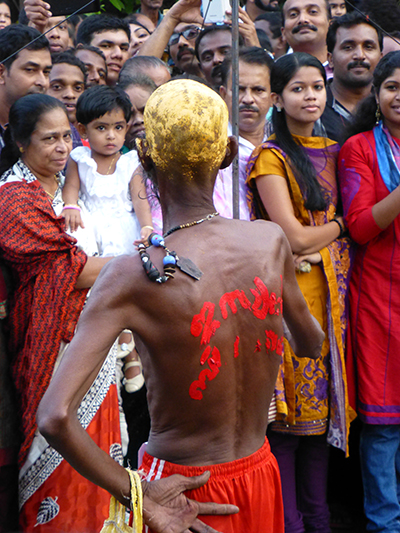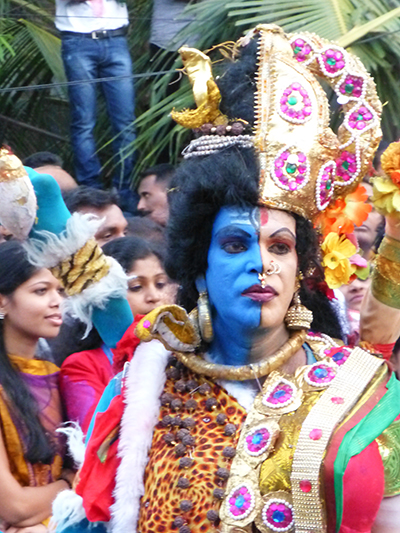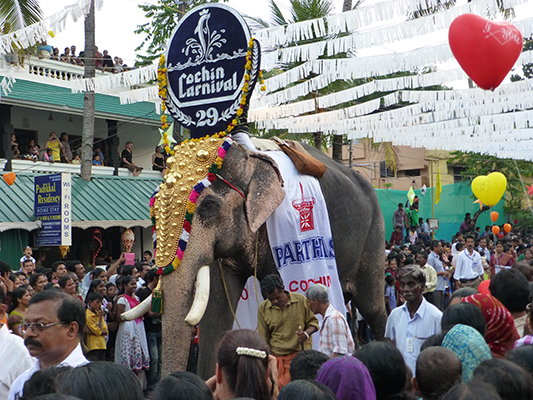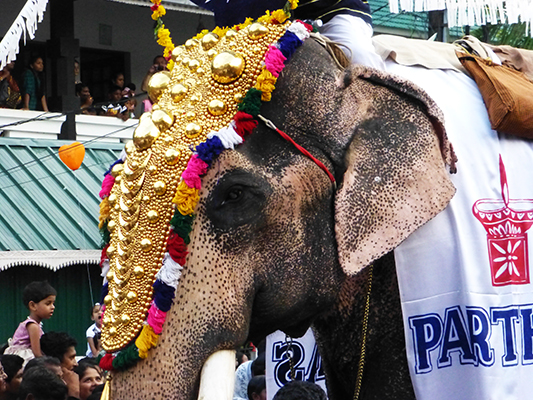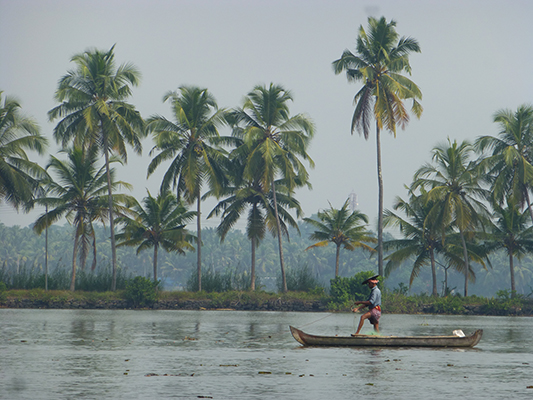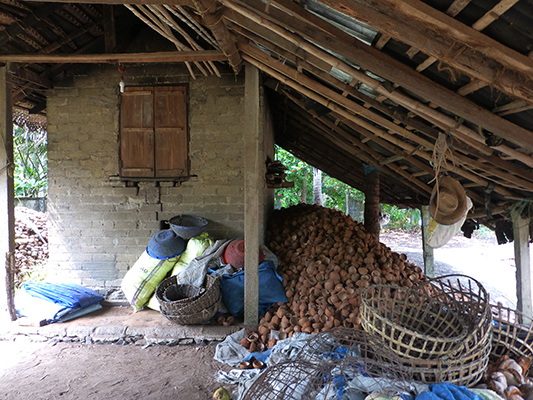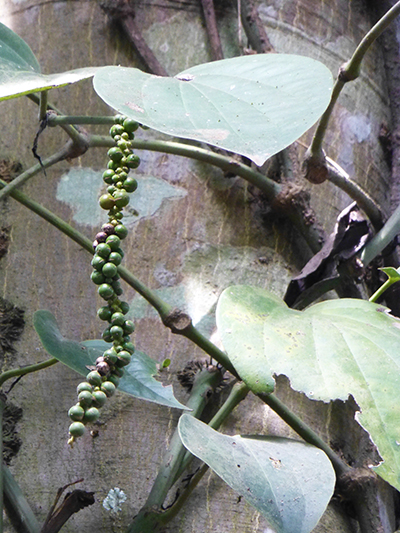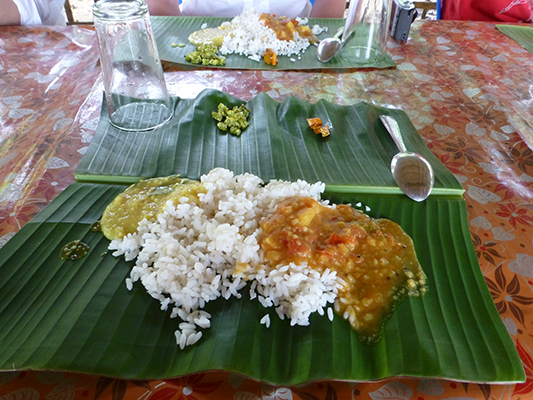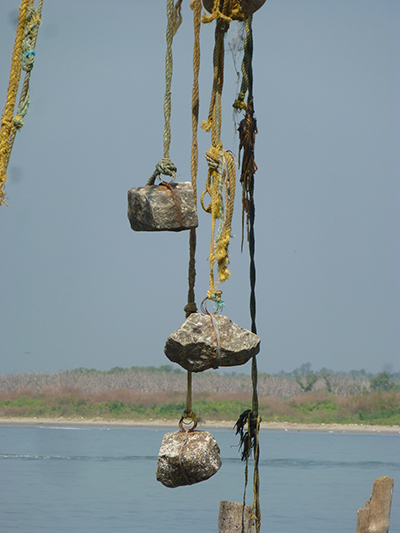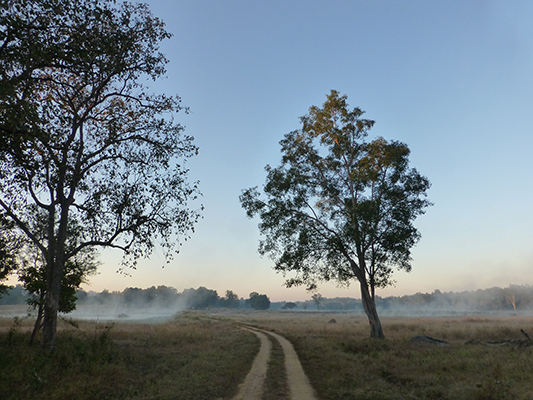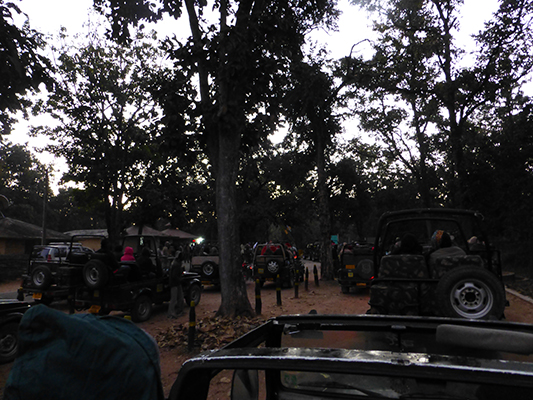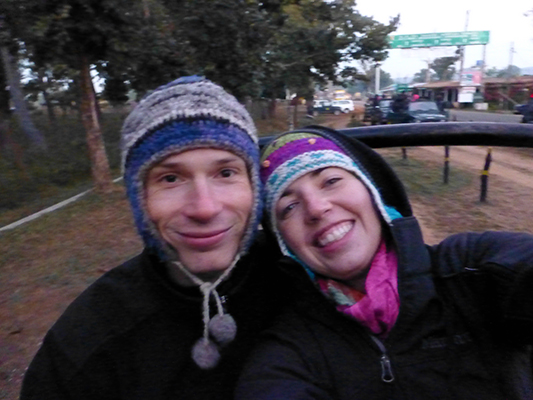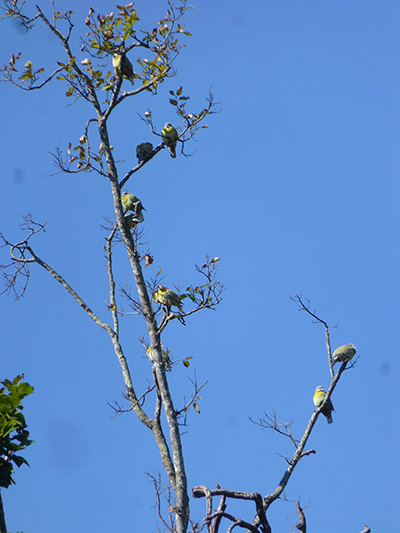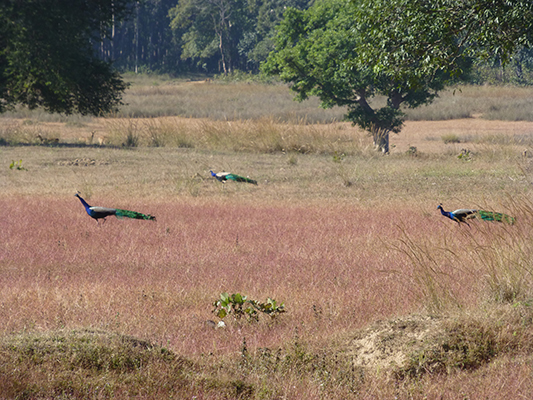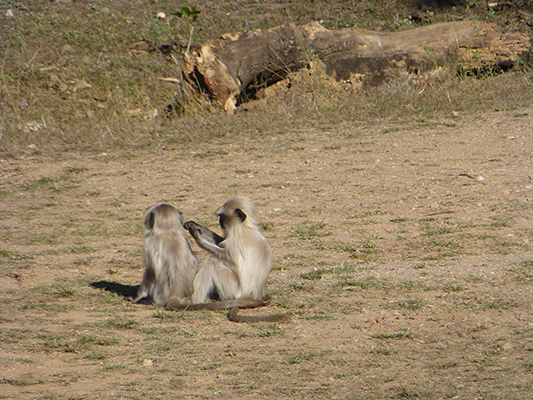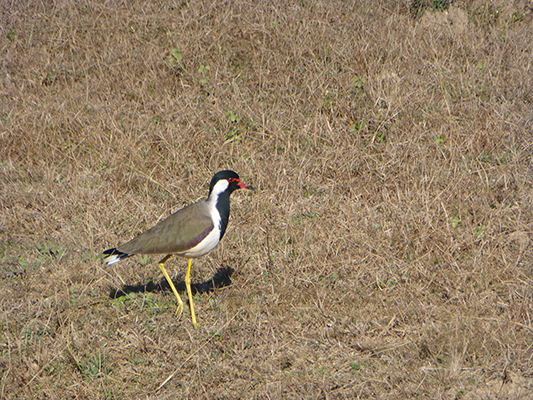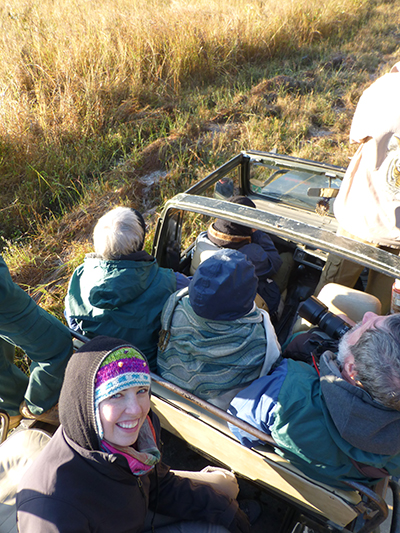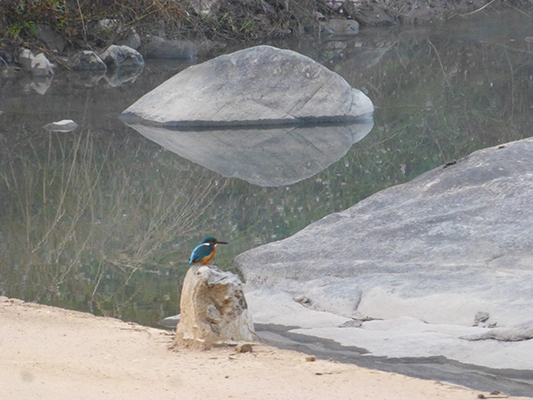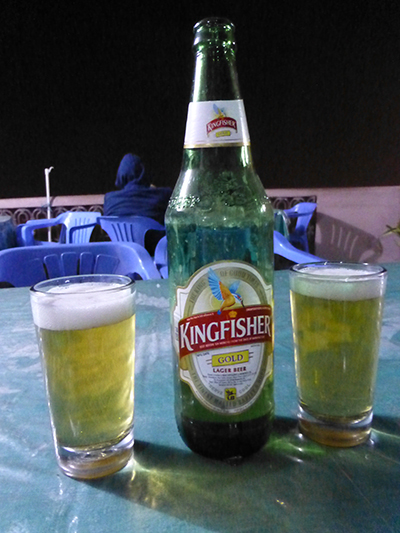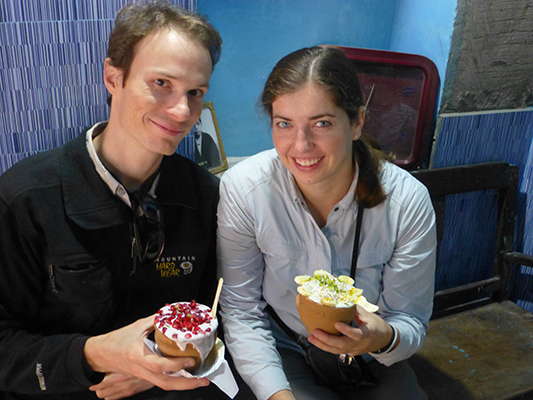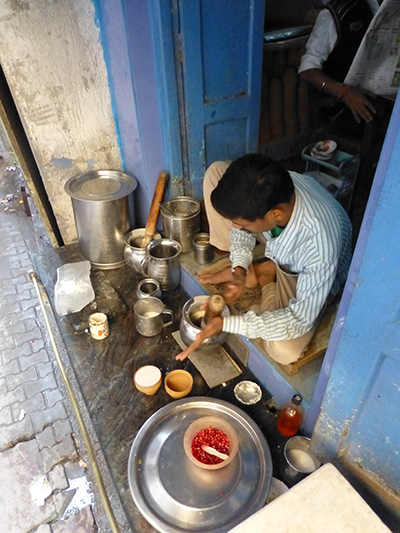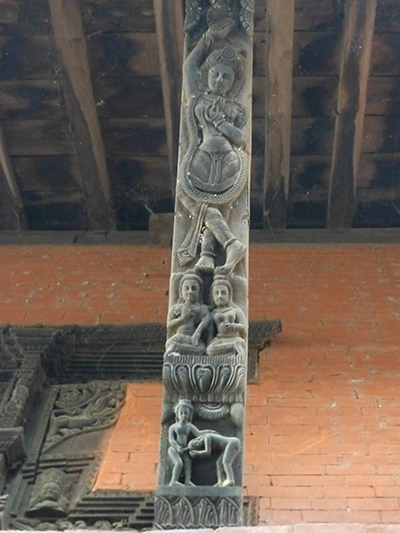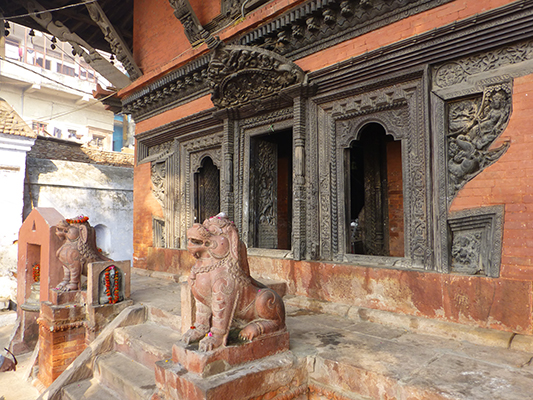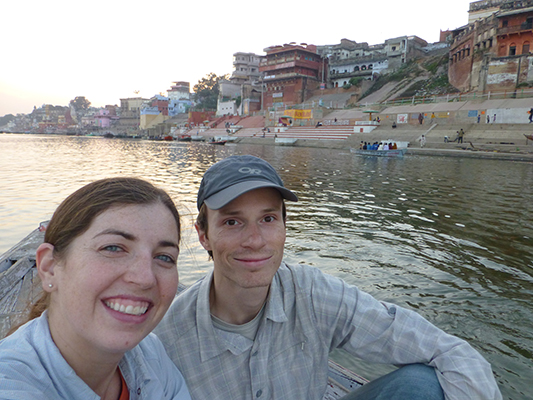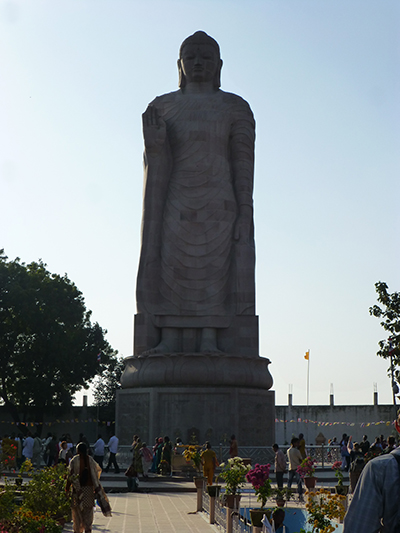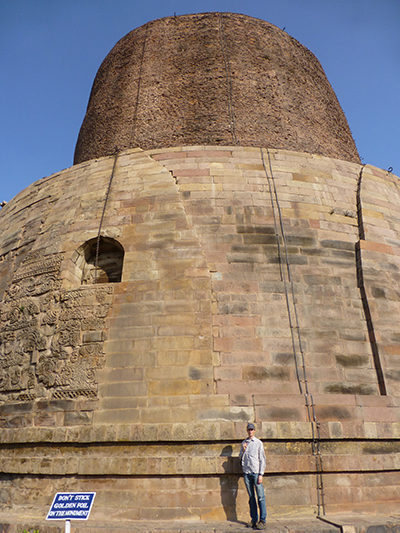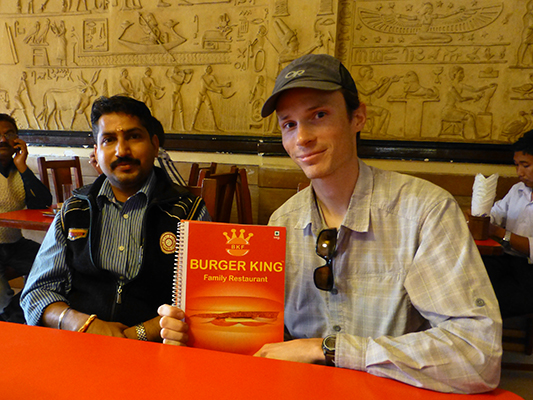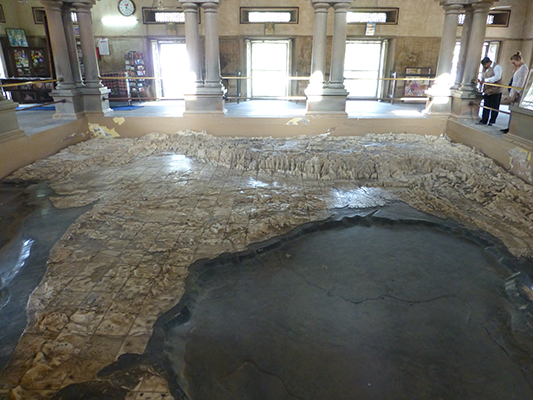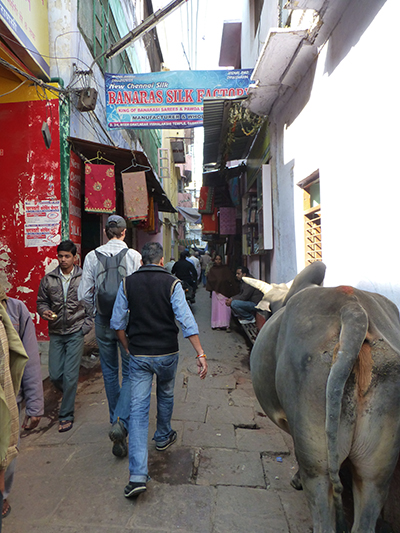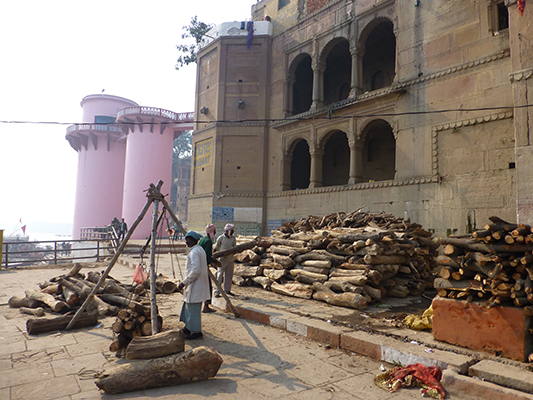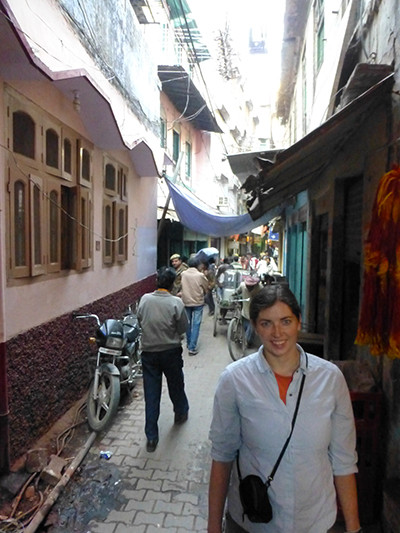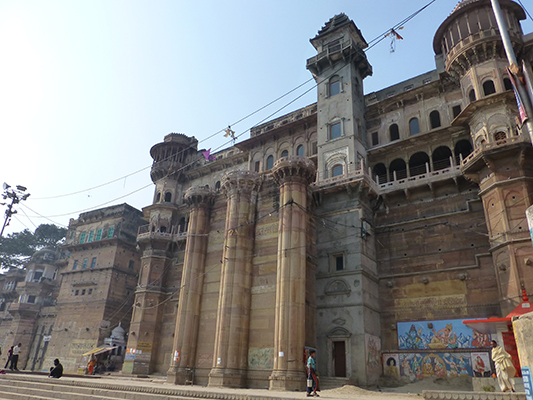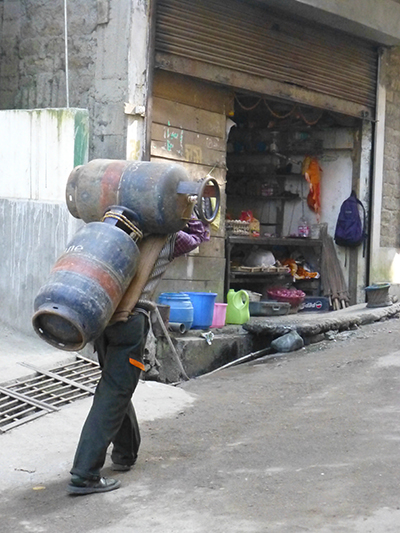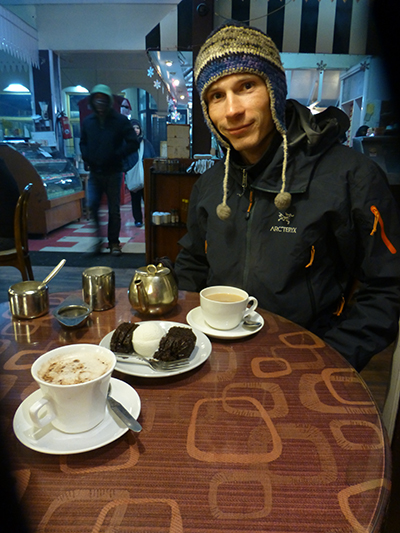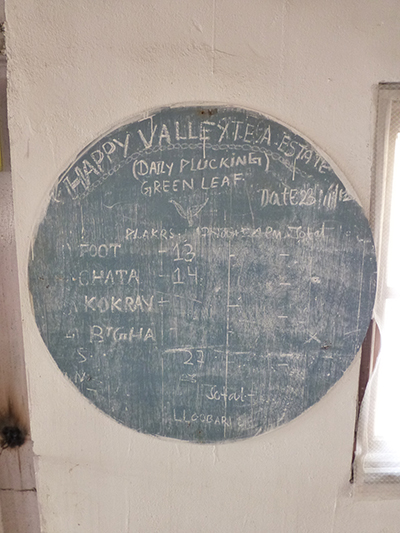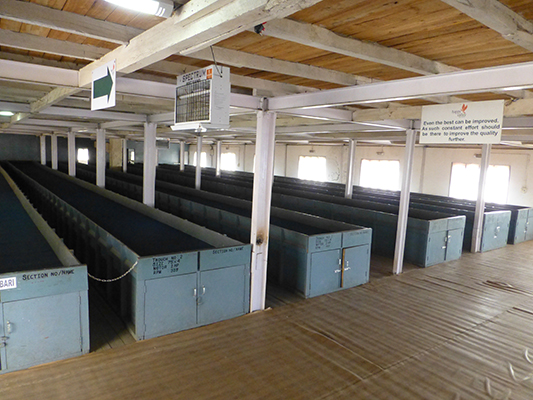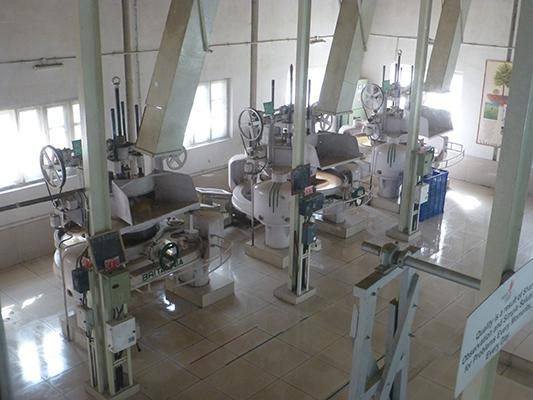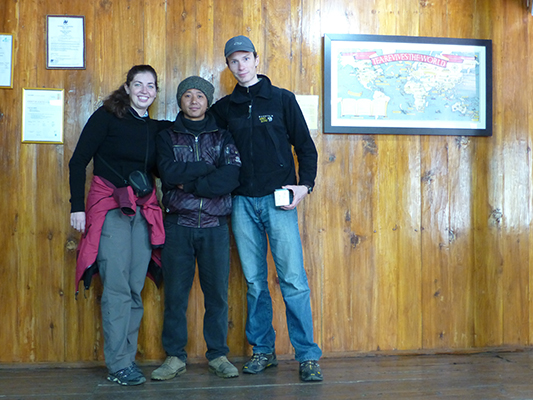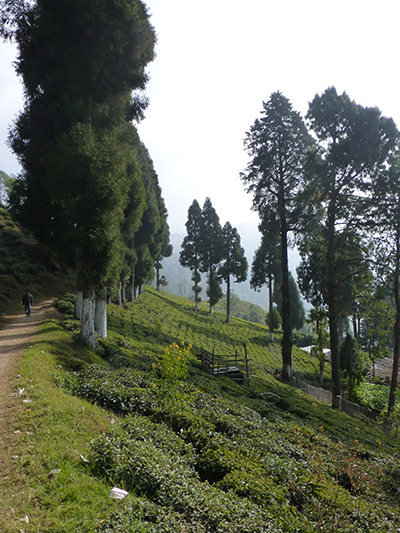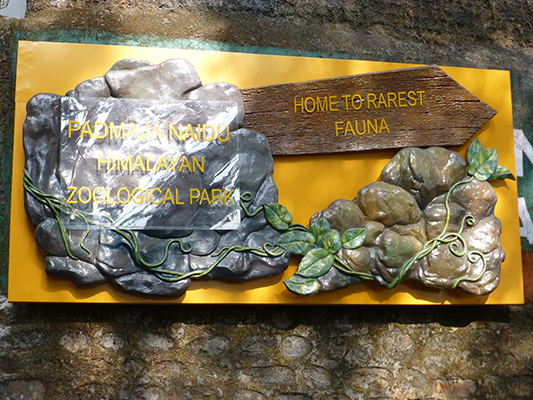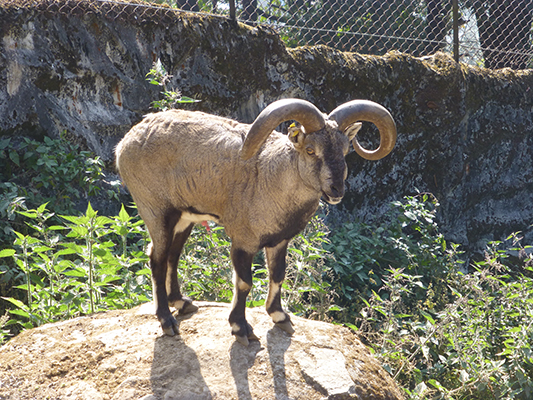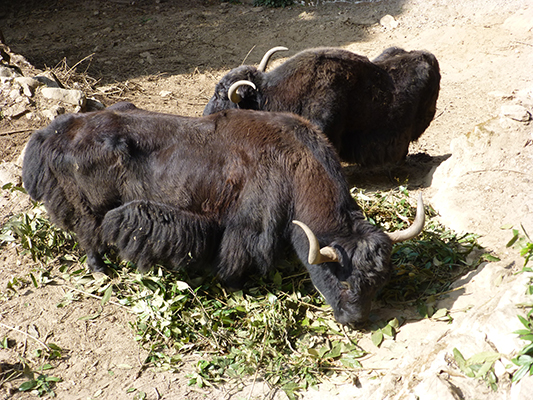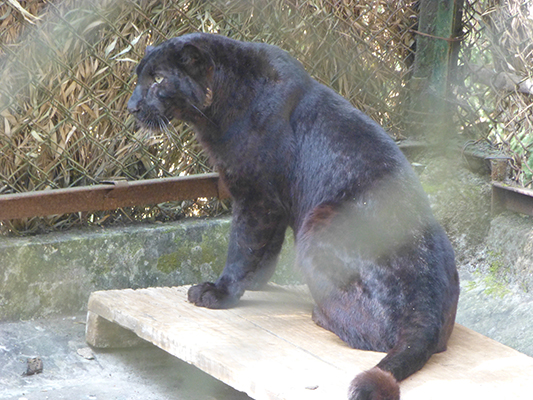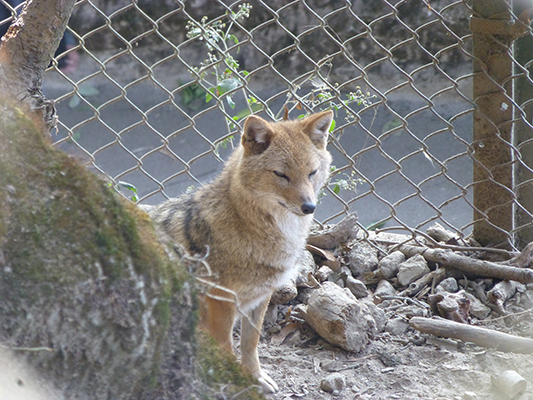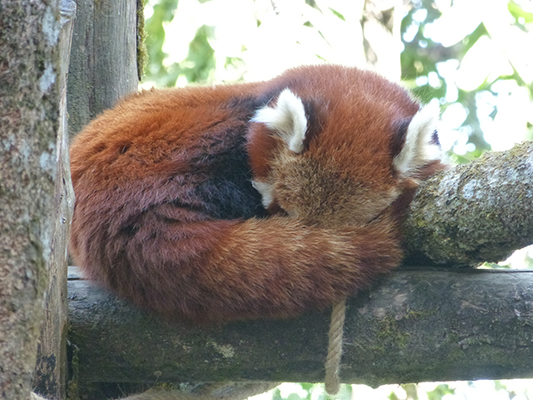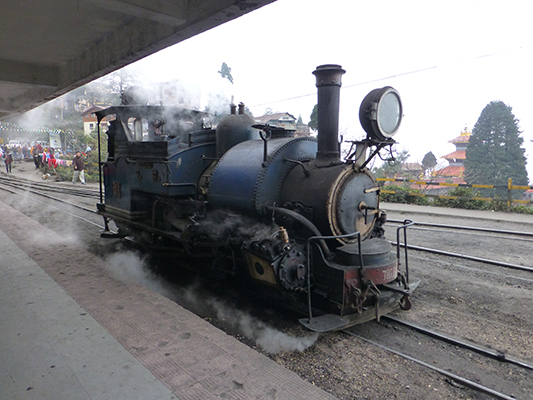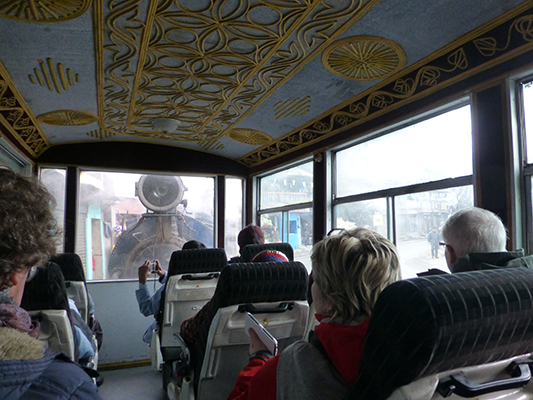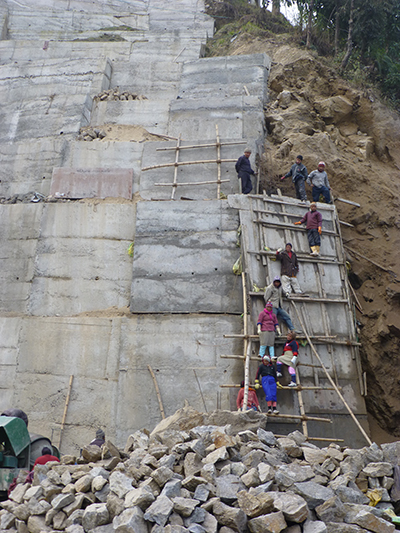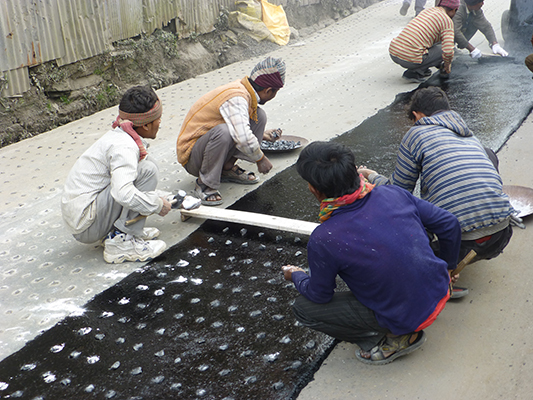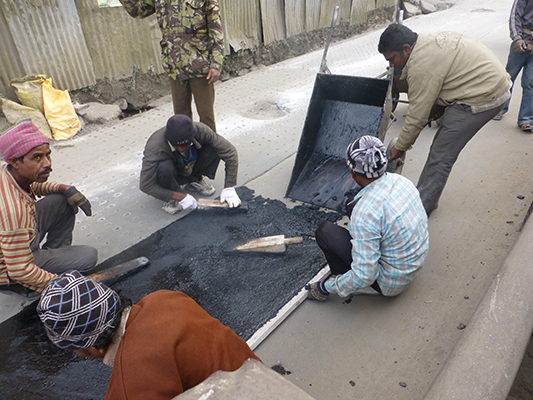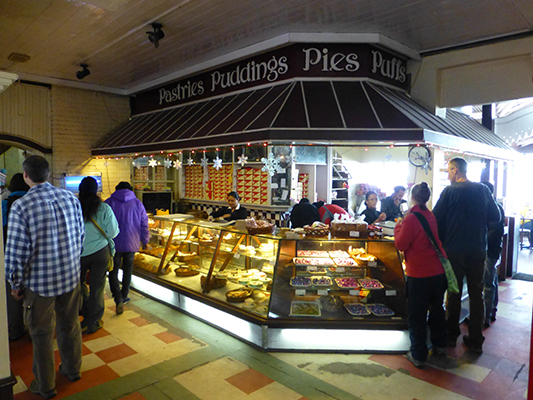Mitraniketan is a small community located in the state of Kerala. It was started on the basis of providing education for village children around Kerala who wouldn’t normally be able to afford schooling. Over the years, it has grown to host over 300 elementary students, a people’s college, an organic farm, a small dairy farm, and a bakery. They also have a large community of people who visit as volunteers, curious tourists, or people on yoga retreat. We visited with the purpose of volunteering.
The people’s college received funding from a group of Mitraniketan enthusiasts from Denmark a year or so ago. The funding went to a project they called “Eco-campus project.” This project was looking at the whole Mitraniketan community-which includes the elementary school, people’s college, farm, bakery, and shared areas-in regards to water conservation. In recent years they have seen a drop in water levels as well as a decrease in the amount of rainfall they receive in a year. The work they are doing should help retain the water in the soil around the campus. Some examples of what they have completed as part of the project include planting of banana trees, coconut trees, and digging various trenches in key locations to trap the water. It was all very interesting and we learned a lot from the staff there during the tours.
They have other small projects that they want to do but haven’t had time since they have been focused on the water conservation. One of those projects was to look at the types of plastic wastes that is produced on campus and provide containers to sort these from other garbage. Dave and I were in charge of this project for the week that we stayed in the community.
Dave and I decided that to understand the types of plastic wastes and suggest sorting we needed to understand all waste streams coming from the campus. We walked around and took pictures of all the different types of waste we saw and where it was on campus. We had one of the students walk us around the dorms as well. It was amazing the difference we saw between the boys dorm and the girls dorms. Overall we found a variety of different types of waste and suggested they have three different bins-compostable waste, plastic bottles, and waste to be burned or appropriately disposed of. We provided a report and they seemed to be excited with the results. I hope what we did was actually beneficial to them and can be used in the future.
Mitraniketan was a blessing for both Dave and I. Before we arrived, we were really frustrated with the issues we were having with the trains, the touts, the rickshaw drivers, along with the stress from finding hotels, the endless beeping, and other exhausting traveling duties. The small community they created was so relaxing, quiet, and welcoming that we didn’t want to leave after the week we were there. We even asked if we could stay longer, but other tourists were coming in and there was no space.
One of the reason it’s so relaxing and stress free is because all of the meals are prepared for you. This is great because you don’t have to find non-spicy restaurants and we got to try a lot of different south Indian dishes. The food we had here was probably some of the best we’ve had in India. My favorite was a jack fruit and coconut dish.
Overall both of us had a great experience visiting the Mitraniketan community. We would recommend it to anyone visiting the south of India. We left refreshed. Thank you Mitraniketan and all the great people that it includes.

They have an area dedicated to making mats and other things out of coir, which is rope from coconut fibers.

They had an engineering section that would produce new equipment to help the locals with a certain task, this one was for sifting.
Our next stop was a hill station called Ooty in the state of Tamil Nadu. They have many tea plantations and Dave and I signed up to do a trek through the tea plantations and local villages. It was a great experience and we had some excellent pictures. Unfortunately, Ooty is also the place where we lost our camera. After 6 months of traveling we didn’t lose one thing, I think that’s pretty awesome on our part. But, I guess it was bound to happen at some point. It’s too bad it was our camera, not because it’s an expensive item, but because it holds pictures we can’t get back. But, we were lucky though because Dave unloaded all our pictures before Ooty so we only lost the pictures from Ooty and a few from Mitraniketan. PHEW! Anyway, we only have memories now of Ooty and a constant vigilance to not lose anything again.
